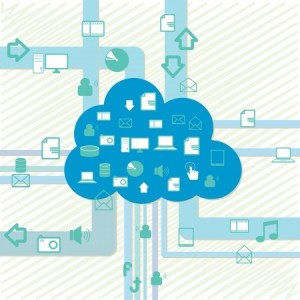 Copyright (c)
123RF Stock Photos
Copyright (c)
123RF Stock Photos
While Data Center Infrastructure Management (DCIM) systems might seem like an obsolete reworking of older technologies, it's not. First, while the cloud is changing the nature of the data center, it isn't eliminating the need for data center management systems. In companies that still have private or hybrid clouds, data centers are still crucial. For those that have fully migrated to the cloud, managing existing power and networking backbones is more important that ever. DCIM also represents a new approach to looking at a company's IT infrastructure.
In the past, IT infrastructures were managed on a piecemeal basis. A data center might have had a down time alert system, a server monitor, and a latency monitor. All of the pieces did their separate jobs but did very little to work together to improve overall infrastructure management. At the same time, the individual management tools rarely added up to the sum of what actually needed to be managed for a truly effective data center.
DCIM provides a single point of access to a company's data center infrastructure. It starts by offering the same functionality as existing infrastructure monitoring tools. To that, it adds the following:
- The ability to track the assets installed in a given data center.
- Links to other data centers in a company's network to allow IT managers to balance loads across multiple data centers while monitoring the entire infrastructure from a single place.
- Integration into the data center's mechanical systems to track and manage heating, cooling, and power delivery.
- Utilization balancing tools to increase the efficiency of the data center.
- Space management and planning tools to help companies use their existing square footage as efficiently as possible.
- Modeling capabilities for both future planning and what-if scenario testing.
The power of DCIM comes through its integration of multiple functions. For instance, it can identify which servers are older and compare their efficiency to newer ones to determine components that need repair or replacement. Its reporting functionality coupled with its utilization management tools allow technicians to shift traffic away from malfunctioning or overloaded systems before their issues affect the network as a whole.
